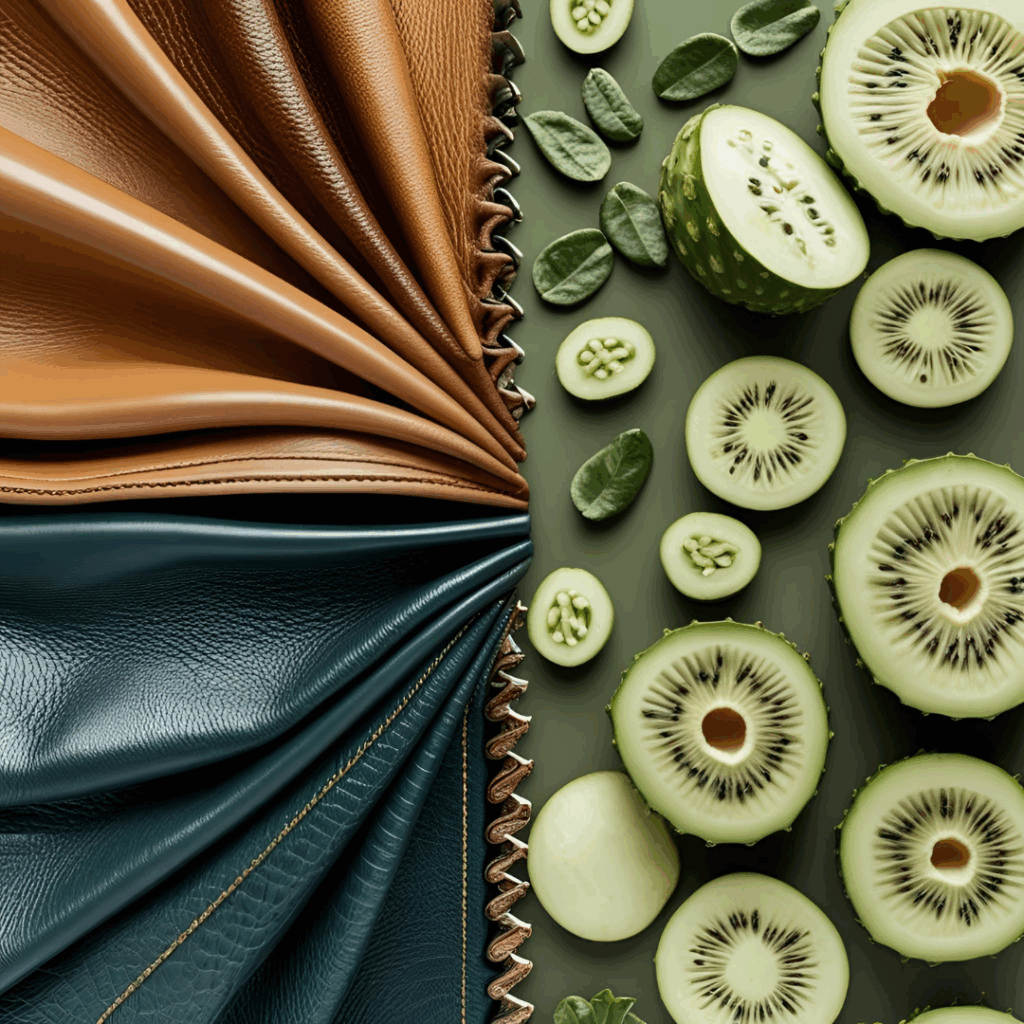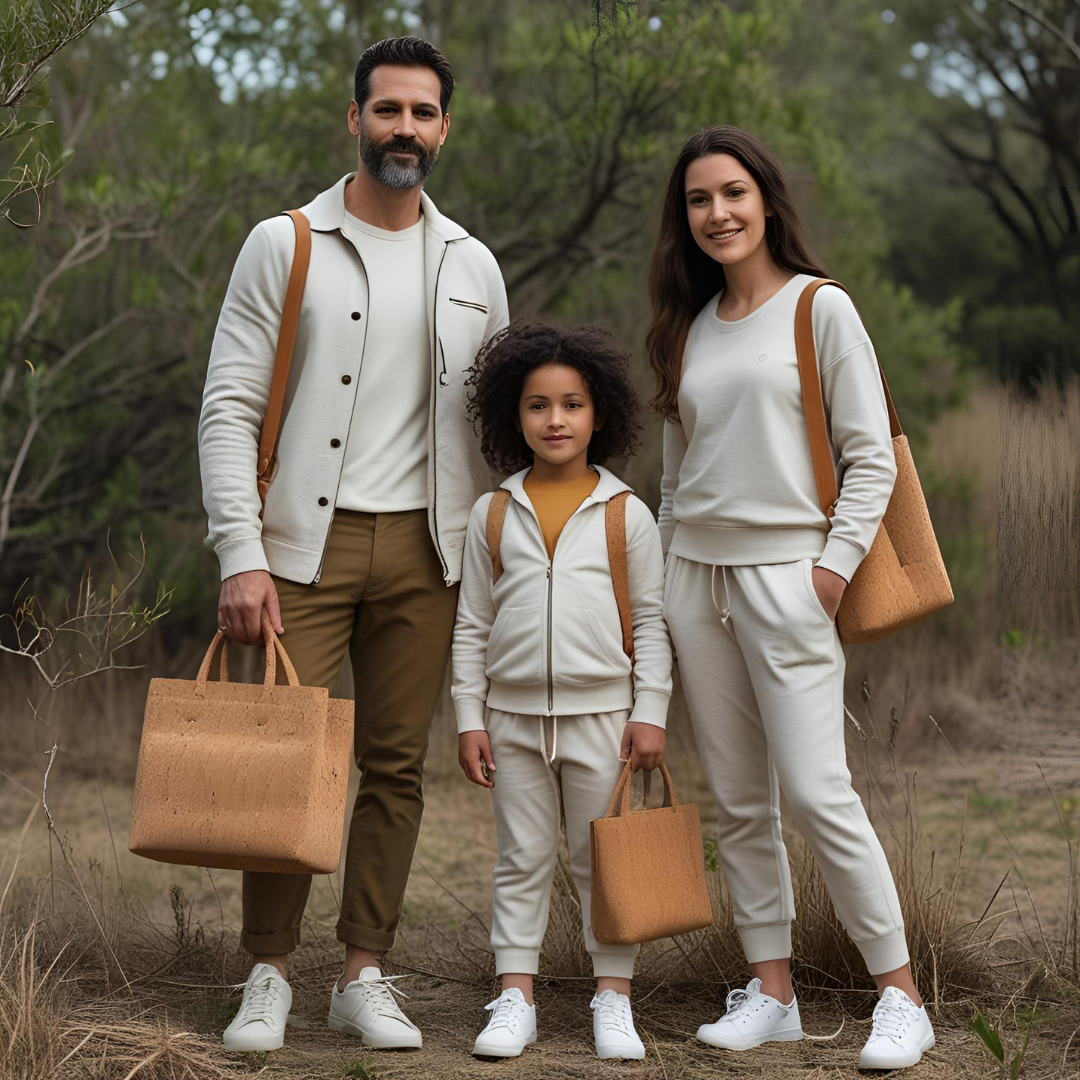As consumers around the world become more conscious of how their clothes are made, vegan fashion is no longer a fringe movement — it’s a growing industry that combines style, ethics, and sustainability. Whether you’re exploring cruelty-free options for personal values or considering how to build an ethical wardrobe, this guide walks you through what vegan fashion really means and why it’s transforming the way we dress.
What Is Vegan Fashion?
Vegan fashion refers to clothing, footwear, and accessories that are entirely free from animal-derived materials, such as leather, wool, silk, fur, and feathers. But it’s more than just cutting out animal products. True vegan fashion also avoids:
- Animal testing: No dyes, glues, or finishes tested on animals.
- Exploitative labor: Many vegan brands also embrace fair trade and ethical sourcing.
- Environmentally harmful production: Emphasis on biodegradable, recycled, and plant-based materials.
Ultimately, vegan fashion is about aligning your wardrobe with your values, advocating for animal welfare, and minimizing environmental harm.
🔄 A Brief History of Vegan Fashion
The roots of vegan fashion are tied to the veganism movement, which began gaining traction in the 1940s when The Vegan Society was founded in the UK. Originally centered on food, veganism expanded in the 1970s and 1980s into lifestyle practices, including cosmetics and fashion.
In the early 2000s, ethical fashion pioneers like Stella McCartney brought cruelty-free clothing to the mainstream. Her refusal to use leather or fur in high fashion inspired a wave of designers and brands to follow suit.
By the 2010s, advances in material science (like mushroom leather and recycled PET) combined with rising awareness of fashion’s environmental toll led to a boom in vegan fashion innovation. Today, it’s a multi-billion-dollar sector.
What Vegan Fashion Avoids
To be considered truly vegan, fashion items must avoid:
- Animal skins and furs (leather, suede, shearling, fur)
- Animal hair and fibers (wool, alpaca, mohair, cashmere)
- Silk and down feathers
- Animal-derived dyes, adhesives, and glues
- Products or materials tested on animals
Additionally, many vegan fashion advocates prioritize avoiding petrochemical-heavy synthetics and choose sustainable options instead.
Why Choose Vegan Fashion?
1. Animal Welfare
Every year, billions of animals are used for their skins, wool, or feathers. Vegan fashion offers a humane alternative, ensuring your style doesn’t support cruelty.
2. Environmental Impact
Leather tanning, wool production, and silk farming are resource-intensive and polluting. Plant-based and recycled materials generally have a smaller carbon and water footprint.
3. Personal Ethics
For many, fashion is a form of activism. Choosing vegan pieces is a daily expression of compassion and responsibility.
4. Innovation & Quality
Vegan brands often use cutting-edge materials, including mycelium leather, Piñatex (pineapple leather), TENCEL™, cork, hemp, and bamboo viscose.

🌿 Materials in Vegan Fashion
Some of the most sustainable and stylish vegan materials include:
- Piñatex: Made from pineapple leaf fibers
- Cactus leather: Durable and breathable, with minimal water use
- Mycelium leather: Grown from mushroom roots
- TENCEL™: Made from wood pulp in a closed-loop system
- Organic cotton: Grown without harmful pesticides
- Recycled polyester: Derived from plastic bottles
- Cork: Lightweight, natural, and renewable
💼 Key Vegan Fashion Designers
Stella McCartney (UK)
The queen of vegan luxury. Known for never using leather or fur and championing sustainable practices since the early 2000s.
Leanne Mai-ly Hilgart (USA)
Founder of Vaute Couture, one of the first 100% vegan fashion labels that gained attention in New York Fashion Week.
Joshua Katcher (USA)
Designer and founder of Brave GentleMan, a high-end vegan menswear label. Also an academic voice on ethical fashion.
Gabriela Hearst (Uruguay/USA)
While not exclusively vegan, she leads luxury fashion with transparency, sustainability, and limited use of animal-based textiles.
Top Vegan Fashion Brands Globally
Vegan fashion is thriving around the world, especially in regions where sustainability and innovation intersect:
- United Kingdom: Stella McCartney, Will’s Vegan Store
- United States: VEERAH, Brave GentleMan, JW Pei
- Germany: Nae Vegan Shoes, Thies 1856
- Canada: Matt & Nat
- Italy: NOAH, Miomojo
- Poland: Bohema Clothing
- Sweden: Dedicated Brand, Mini Rodini (for kids)
These countries have become hubs for eco-fashion, supported by conscious consumers, progressive policies, and investments in material science
🇺🇸 Vegan Fashion in the United States
The U.S. is a leader in vegan fashion innovation, with a diverse range of brands catering to ethical consumers:
- Vaute Couture: One of the first vegan fashion houses to debut at New York Fashion Week
- Brave GentleMan: High-end menswear made with recycled and bio-based materials
- Will’s Vegan Store (US branch): Ethical, PETA-approved footwear and outerwear
- VEERAH: Luxury heels made with apple leather, designed for modern professionals
- JW Pei: LA-based brand offering chic vegan handbags using recycled materials
These brands are often headquartered in fashion-forward cities like New York, Los Angeles, and San Francisco, where conscious consumerism thrive
👶 Vegan Fashion for Kids
As families become more conscious, brands are emerging with stylish, safe, and sustainable vegan clothing for children:
- Mini Rodini (Sweden): GOTS-certified and animal-friendly designs
- Frugi (UK): Organic and cruelty-free, often using recycled plastics
- Mon Coeur (USA): Produces children’s clothing using organic cotton and biodegradable dyes
- Jackalo (USA): Durable, unisex kidswear made from recycled and natural materials
- Little Green Radicals (UK): Offers vegan collections using natural dyes
Vegan children’s fashion emphasizes non-toxic, soft, and durable materials, ensuring comfort and ethics.
The Business of Vegan Fashion
Vegan fashion is not just ethical — it’s booming. According to Grand View Research, the global vegan fashion market is expected to exceed $36 billion by 2030.
Factors driving this growth:
- Rise of ethical consumerism
- Growing plant-based lifestyles
- Advancements in biofabrication and textile tech
- Social media activism and awareness
🎨 Vegan Fashion as Cultural Shift
Vegan fashion is a response to a deeper cultural shift:
- From fast to conscious fashion
- From luxury defined by animal products to luxury defined by transparency
- From excess to responsibility
Today, it reflects a broader movement where consumers are asking: Who made my clothes? What is it made of? At what cost?
How to Shop Vegan Fashion
- Read the Labels: Look for PETA-Approved Vegan, Certified Vegan, or The Vegan Society logos.
- Ask Questions: Contact brands for sourcing and testing information.
- Support Small Ethical Brands: Especially local artisans and certified eco-startups.
- Use Directories: Platforms like Good On You and Eco-Stylist rate ethical fashion brands.
👀 Final Take: More Than a Trend
Vegan fashion isn’t a passing trend — it’s a long-overdue shift in how we view clothing. It combines innovation, compassion, and aesthetics in a way that appeals to both the heart and the market.
As the fashion industry faces increased scrutiny and as consumer demand for transparency grows, vegan fashion stands out as a bold, ethical, and stylish solution.







